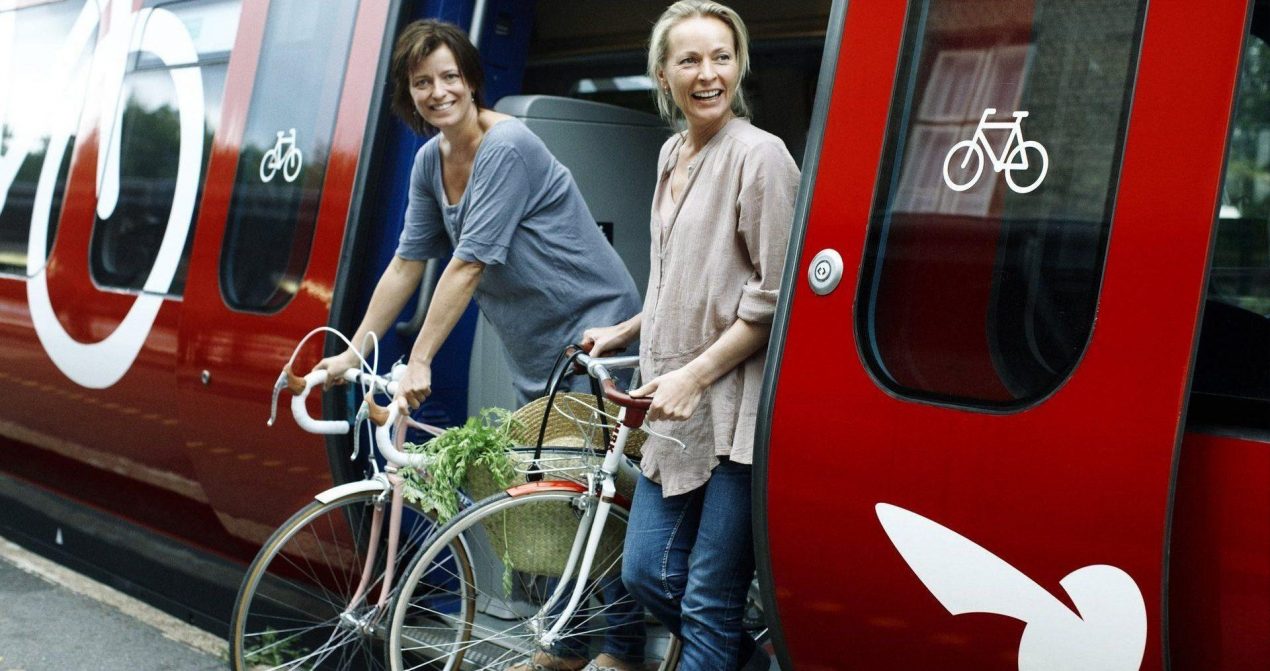What We Support
University of Oregon - Sustainable Cities Institute
Education and Career AdvancementBicycle Transportation Planning Study Abroad Program
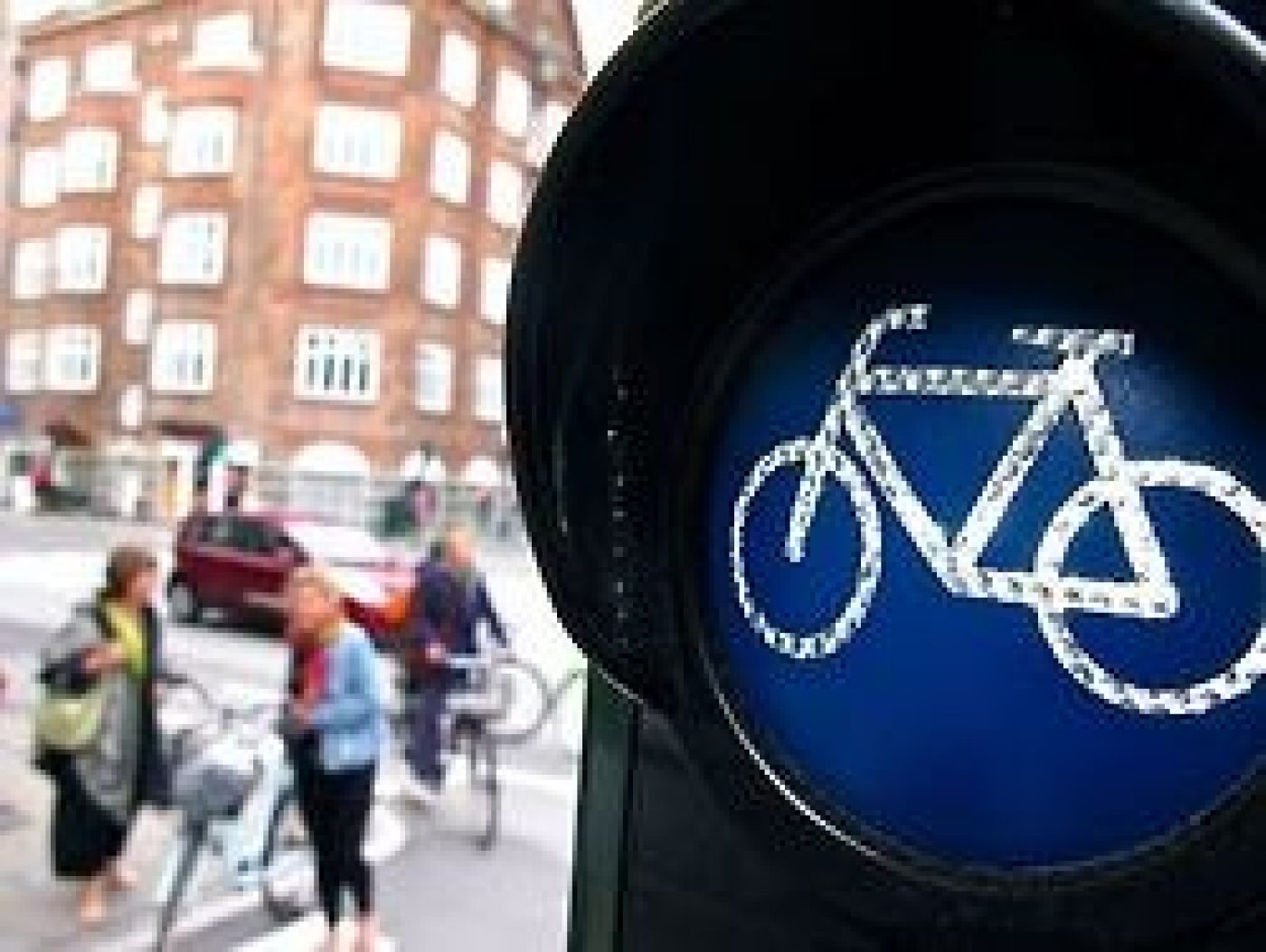
The Bicycle Transportation Planning Study Abroad program is an intensive seminar held in key urban locations in Western Europe. Participants study bicycle planning, design, policy, and culture as a sustainable and economically viable form of transportation. The program focuses on the practices and policies that foster safe, convenient, and accessible bicycle infrastructure and the underlying culture that supports a high rate of bicycle use. The cities of Denmark and the Netherlands are explored due to their reputation as "bike-friendly cities". These trips lead participants to explore topics such as how and why this form of transportation developed and furthermore challenges students to think about how to make similar changes within the context of the United States. Students will also spend time exploring the countryside beyond the large cities.
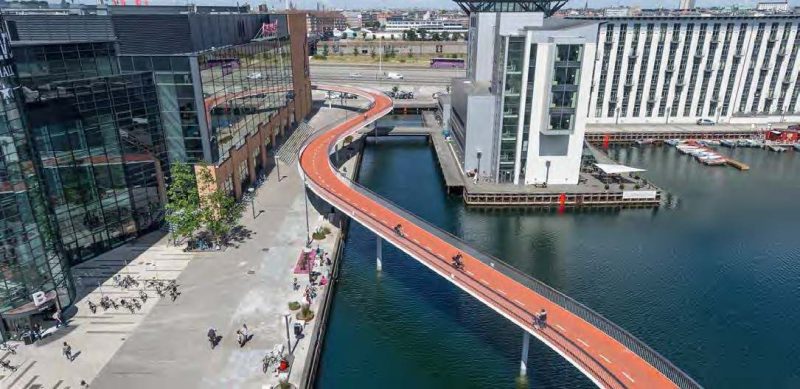
Designing Cities for People on Bikes
Personal Experiences from Denmark and the Netherlands - a compendium by 2022 UO/SDF Study Trip Participants
> Read MoreProgram Summary
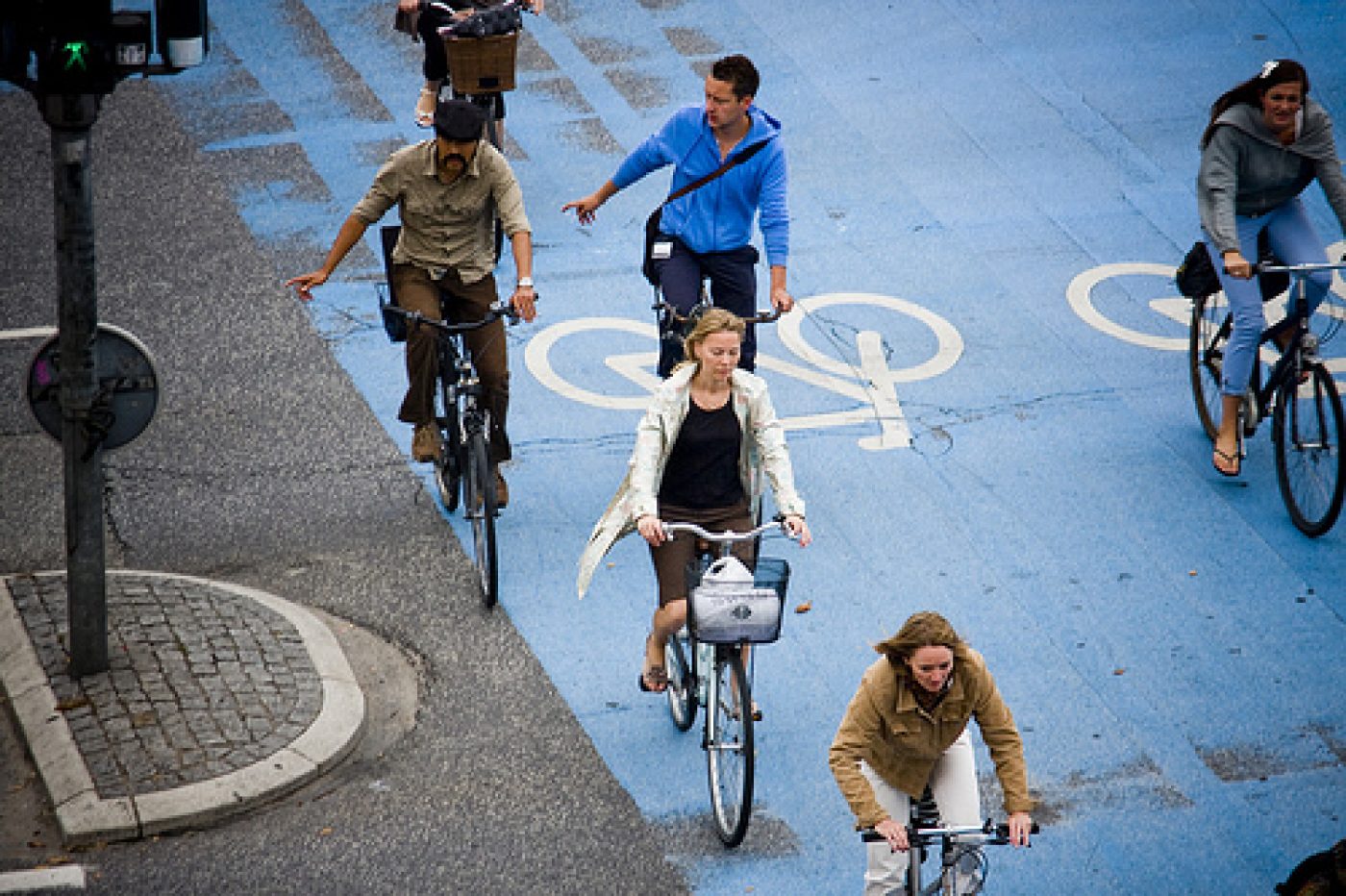
The program takes the structure of a 4-week (8-credit) traveling seminar. The seminar is composed of a variety of teaching methods such as lecture, guest lecture, in-class exercises, and hands-on assignments. Throughout the trip students encounter and interact with local officials and, on some occasions, even bike alongside these officials.
This program accepts students, undergraduate and graduate-level, from multiple universities and from a background of different disciplines. Students keep active blogs to document, comment, and reflect on their experiences and observations. They are encouraged to snap photos to document their experience as a European bike commuter.
In 2019, the field school was based in four different urban laboratories that lasted about four to six days each:
- Copenhagen, the capital of Denmark, is a relatively flat city with a seamless mix of buildings from many architectural periods and styles, and it boasts one of the world's most extensive networks of streets reserved for pedestrians and bicyclists only. The city is a pleasant summer location, with mild, island temperatures that facilitate the enjoyment of many parks and amenities (i.e. world-class museums, open-air festivals, and the Tivoli amusement park).
- Malmö is the third largest city in Sweden, located in the southern region of the country. The Øresund Bridge stretches from Malmö to Copenhagen, connecting Denmark and Sweden. The city features spiraling high rises as well as old cobblestone streets with cozy cafés.
- Utrecht in the Netherlands, a more modest-sized city of 330,000, gives students an opportunity to experience local bicycle system design and policy from a different perspective than the bigger international cities of Copenhagen and Amsterdam. The site of the launch of the 2015 Tour de France, Utrecht is completing the world's largest indoor bicycle parking facility by 2016. More than a third of all trips in Utrecht are made by bicycle and access to the surrounding countryside by an integrated bicycle network is an additional opportunity for students to experience.
- Amsterdam, capital of the Netherlands, is a flat city full of canals, characterized by buildings dating back to the 14th century. It is the home of many cultural and artistic amenities (including the Van Gogh museum, the world-famous Rijksmuseum, and the Anne Frank House). Amsterdam boasts an abundance of bicycle riding residents but is also served well by other forms of public transport such as trains, buses, and ferries.
Highlights of the trip:
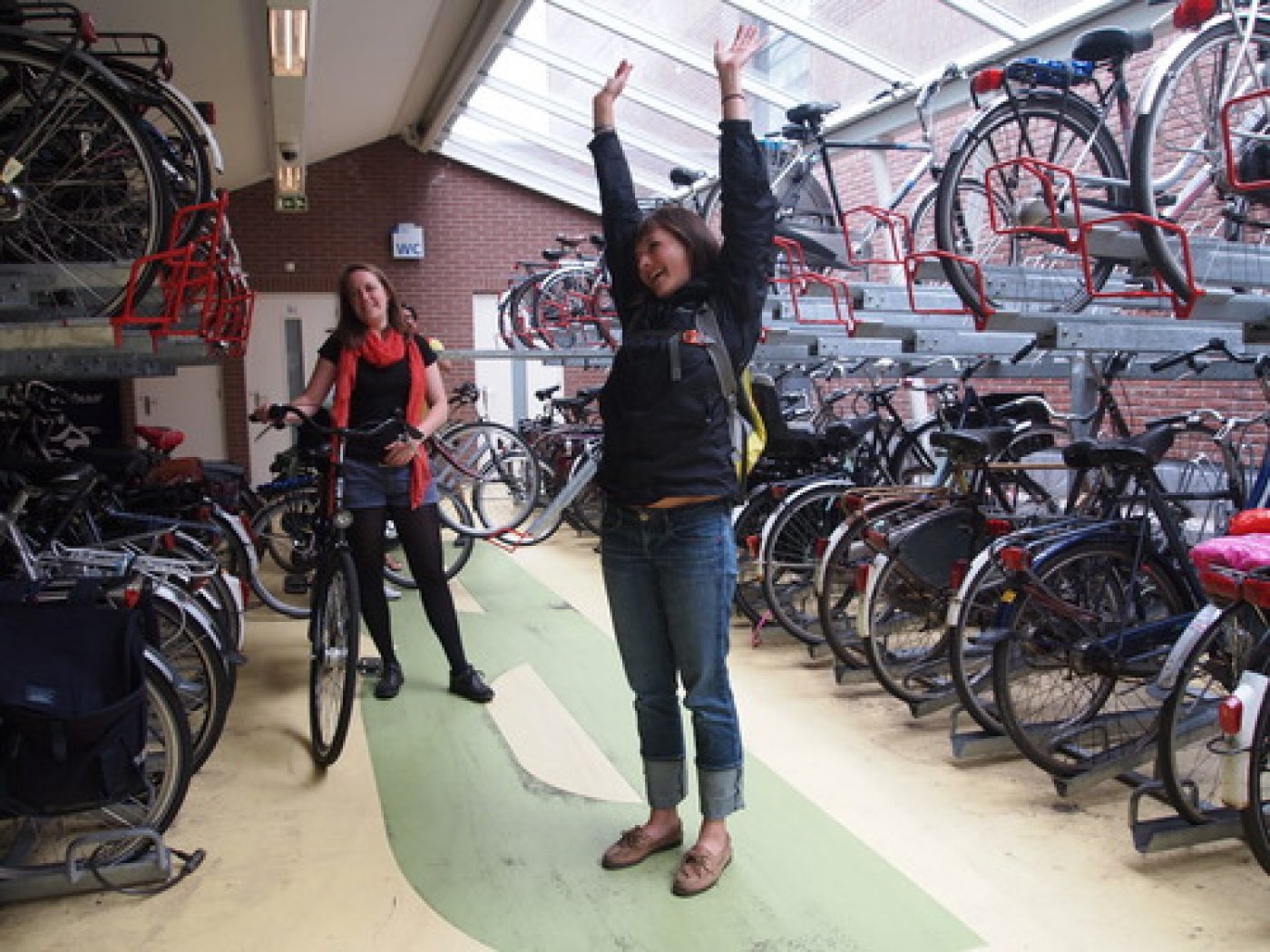
- Professor Marc Schlossberg and Professor Rebecca Lewis leading the course
- Daily bicycling trips that explore urban, suburban, and rural environments
- Short train trips to nearby cities expose student to multi-modal inter-city travel, a much more common phenomenon in Europe
- Students from U of O and other schools participate in providing an opportunity to share knowledge and experiences with colleagues with diverse perspectives
- Course work is hands-on, applied, policy-relevant, and focused on social and policy change
- Participants meet with local public officials and cycling advocates to get a firsthand insight into how they work, what the keys to success have been thus far, and what plans lie in the future
2019 Blog by Professor Marc Schlossberg - Designing Cities for People (on bike)
Of particular interest: You Just Bike Around Every Day and Talk About It?
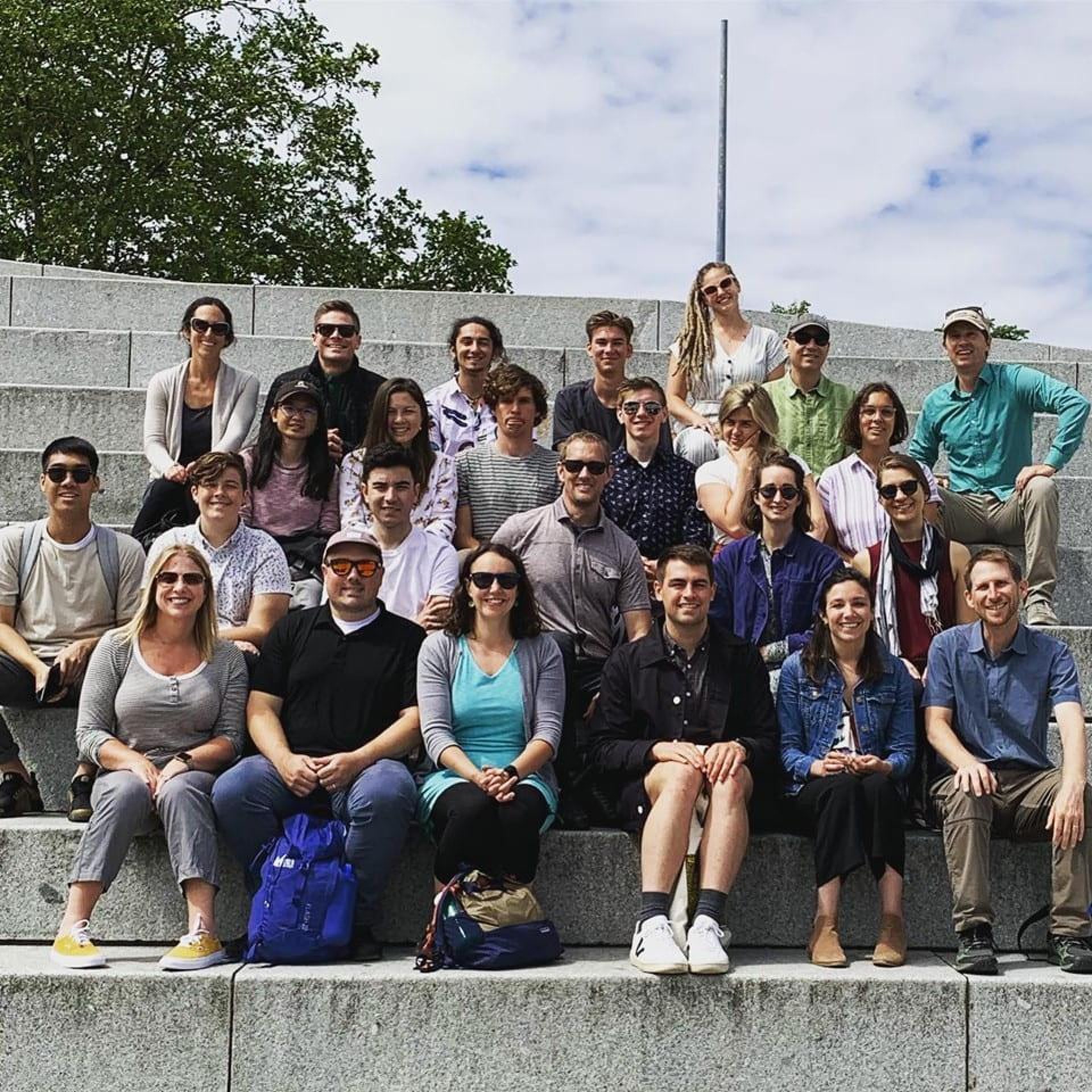
University of Oregon

